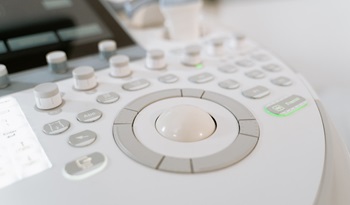Diagnosis and treatment
Your GP will normally ask you some questions and may examine you.

Some GPs feel that this examination is best carried out at a hospital by a gynaecologist and may refer you for this. The doctor may also refer you for further investigations, including:
- a blood test to check your chromosomes and exclude any other genetic abnormalities
- an ultrasound scan or MRI scan to confirm the absence of the uterus (womb) and cervix and a shortened vagina, and the presence of ovaries
- a renal scan or x-ray of this area may also be recommended
- your doctor may also arrange a hearing or bone test
Treatment
The first line of treatment and the preferred choice for creating a vagina is to use dilator therapy. The majority of women with MRKH are able to create a vagina through this treatment. This involves stretching the small amount of vaginal tissue already present using a vaginal dilator, a specially designed smooth cylinder-shaped objects created for this purpose.
Our results show that 95 per cent of women will be successful with dilator therapy and surgery has risks, is painful and requires long-term dilator use.
You will be taught dilator therapy and supervised by the clinical nurse specialist throughout your treatment. This is the preferred and first line of treatment for women seen at our centre. Most patients (95 per cent) are successful in creating a normal-sized vagina using this technique alone. If you are struggling to complete the dilator treatment, discuss this with the specialist team. Please note that when you have fully stretched your vagina to a normal functional length, you will have completed the treatment. You can then stop using your dilators altogether.
Having sex is a personal and intimate affair. Once the vagina has been lengthened penetrative sex becomes more comfortable. Penetrative sex also helps stretch the vagina; however, it may take a little time for the vagina to reach its ideal length. Our team will offer advice and support until the treatment process is complete.
About this page
- Last updated
